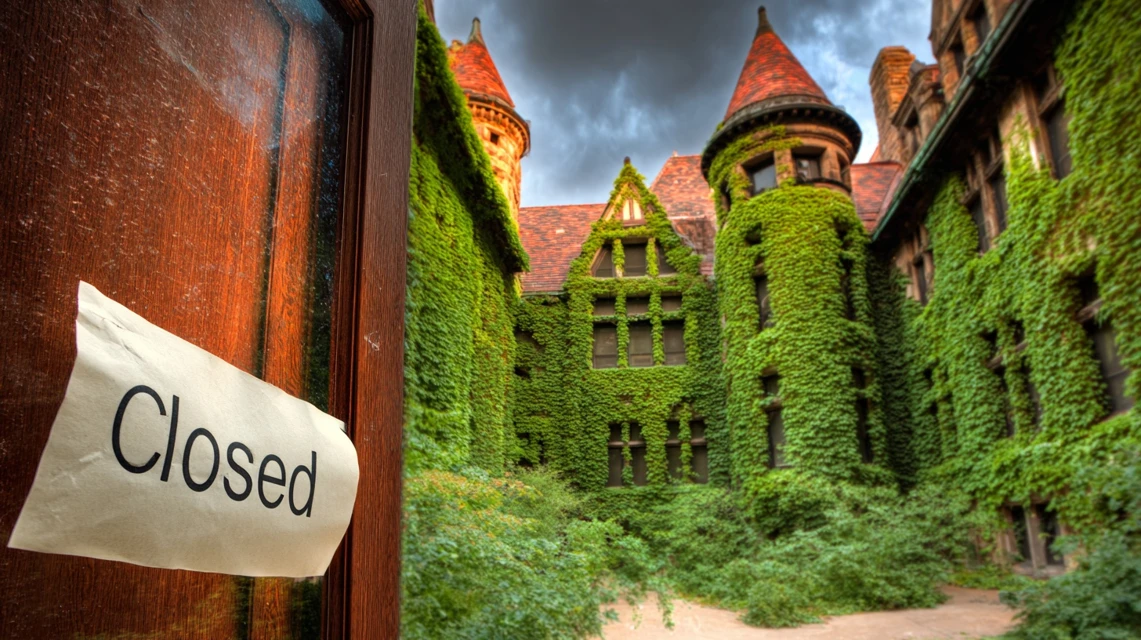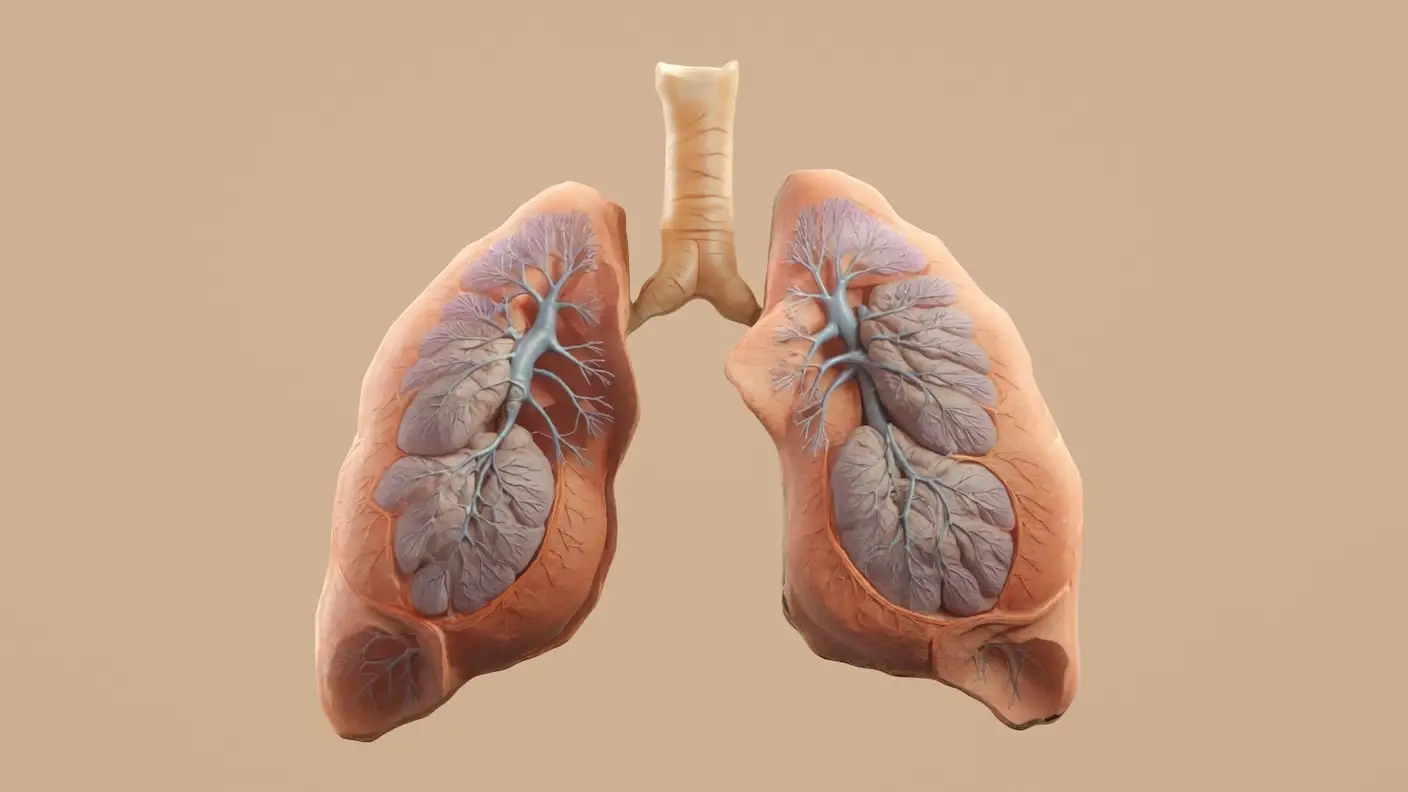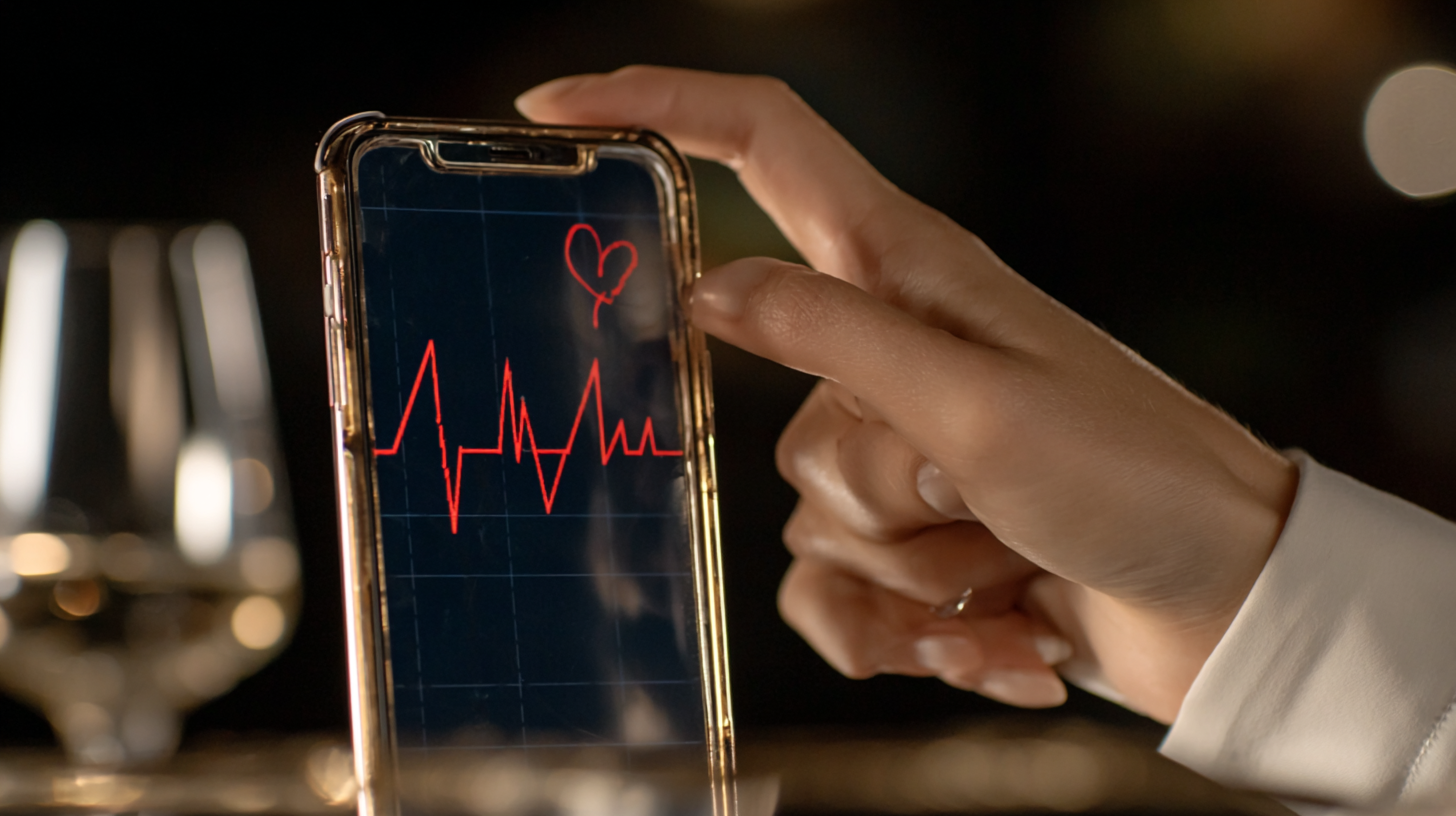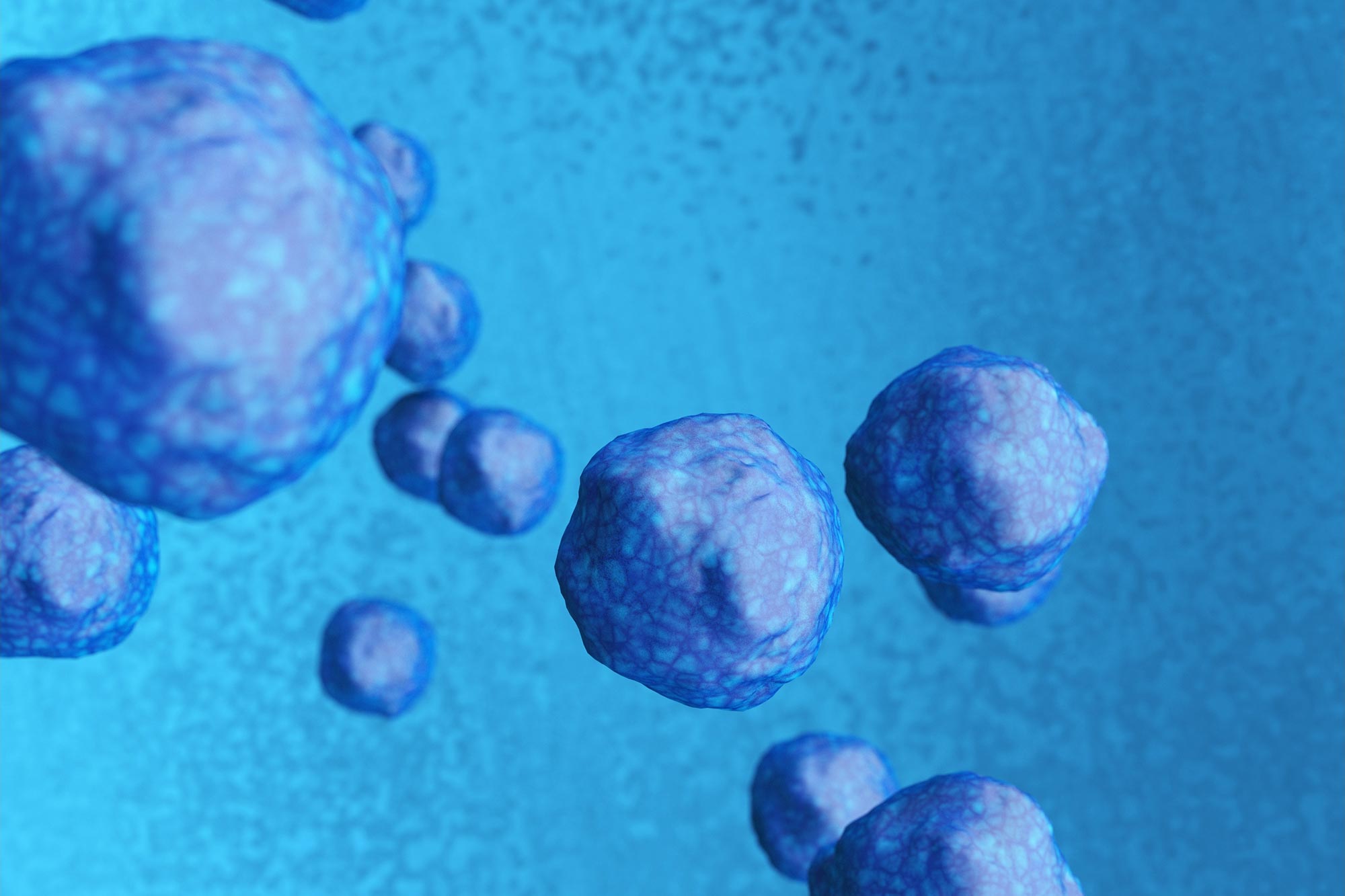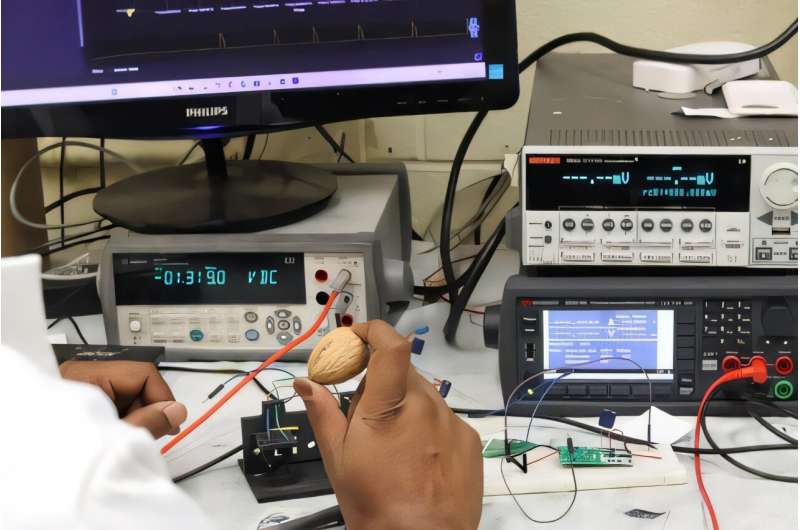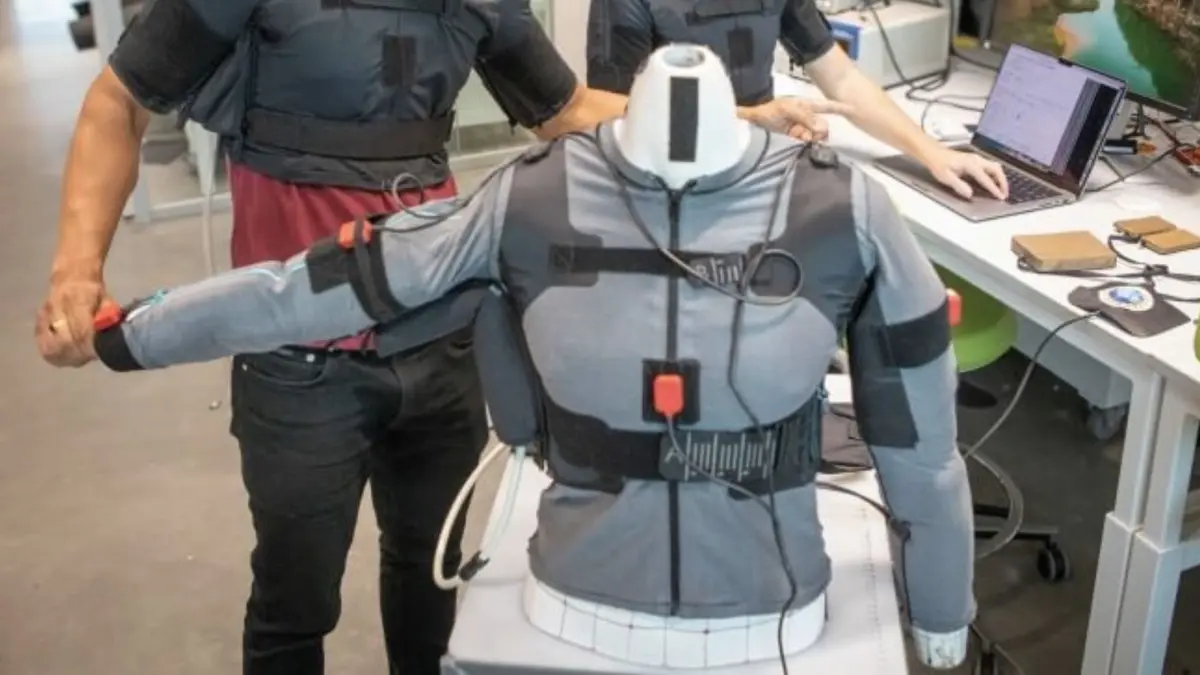For decades, founders, creators, and investors have lived in separate worlds. Founders built companies. Creators built audiences. Investors wrote checks. Occasionally, the lines blurred—but rarely in a systematic way. That separation is ending. A new archetype is emerging, and it is set to rewrite the rules of entrepreneurship: the Founder-Creator-Investor (FCI).
This model isn’t about side hustlers dabbling in content or investors posting the occasional blog. It’s an operational system where three identities—operator, storyteller, and capital allocator—reinforce one another in a virtuous cycle. Each role magnifies the power of the others, creating an engine of influence and growth that traditional VCs, single-focus founders, and pure creators can’t compete with.
Continue reading… “The Rise of the Founder-Creator-Investor: The New Power Model of Entrepreneurship”

